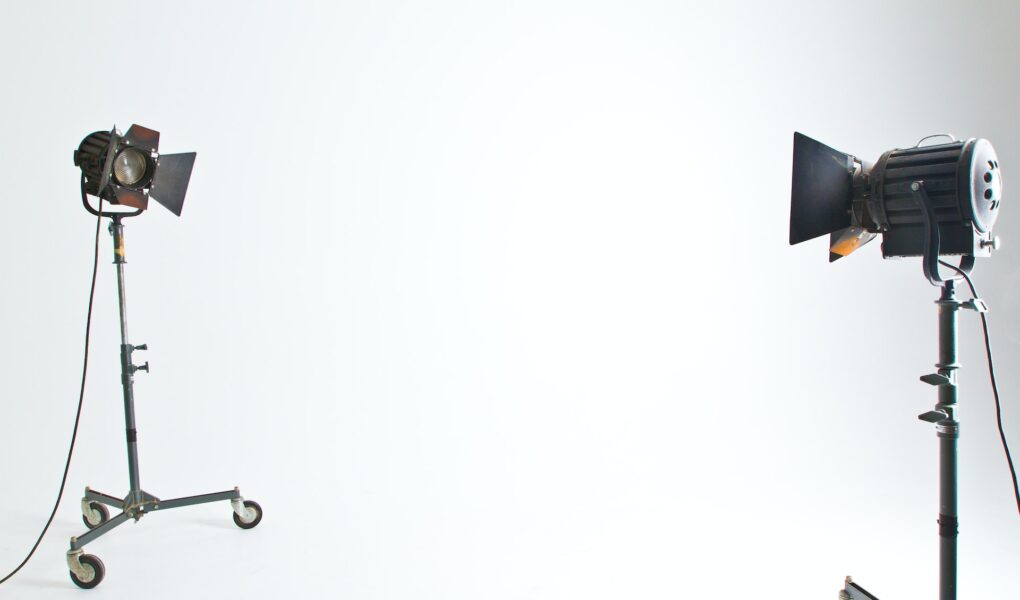In this era of remote work and virtual meetings, video calls have become an essential part of our daily lives. While it is important to present ourselves professionally during these virtual encounters, the background we choose can significantly impact the overall impression we make. Abstract portrait photography backgrounds have gained popularity for their unique and eye-catching appeal. Know the steps to create the best virtual abstract portrait photography background for your video calls, allowing you to express your creativity and stand out from the virtual crowd.
Step 1: Choose the Right Tools and Software
To create a virtual abstract portrait photography background, you will need the appropriate tools and software. Consider using graphic design software like Adobe Photoshop or GIMP, which offer a wide range of features for creating and editing images. Alternatively, you can explore online platforms or smartphone apps that provide simplified editing options specifically designed for virtual backgrounds.
Step 2: Gather Inspiration and Conceptualize
Before diving into the creative process, gather inspiration by exploring various abstract art styles and portrait photography compositions. Search for renowned abstract artists, study their work, and observe how they combine colors, shapes, and textures. This research will help you conceptualize your own unique background idea and guide you through the creation process.
Step 3: Determine the Color Palette
Colors play a vital role in abstract art, as they evoke emotions and set the mood. Select a color palette that complements your personality and aligns with the ambiance you wish to convey. Warm colors like red, orange, and yellow tend to create a lively and energetic atmosphere, while cool colors like blue, green, and purple evoke calmness and serenity. Experiment with different combinations for abstract portrait photography until you find a palette that resonates with you.
Step 4: Experiment with Shapes and Textures
Abstract art often relies on unique shapes and textures to create visual interest. Incorporate geometric patterns, organic shapes, or a combination of both into your virtual background. These elements will add depth and dimension to your composition, making it visually appealing. Consider experimenting with various brushes, filters, and effects to achieve the desired textures and create a sense of movement within your background.
Step 5: Incorporate Personal Touches
Infuse your abstract portrait photography background with personal touches that reflect your personality and interests. It could be a subtle representation of your hobbies, a favorite quote, or even elements inspired by nature. Adding these personal elements will make your virtual background more authentic and provide a conversation starter during video calls.
Step 6: Test and Refine
After creating your virtual abstract portrait photography background, test it on a video call platform to ensure it appears as intended. Pay attention to how it interacts with your camera, lighting, and your physical presence. Make any necessary adjustments to ensure that the background enhances your overall appearance rather than distracting from it. Remember that simplicity can often be more effective than overwhelming complexity.
Step 7: Consider Lighting and Contrast
Lighting plays a crucial role in photography, and the same applies to virtual backgrounds. Ensure that the lighting in your video call setup is well-balanced and does not overshadow your virtual background. Adjust the brightness and contrast of your background image to ensure that it stands out without appearing too overpowering. Strike a balance that allows you to be the focal point while still showcasing the artistic elements of your background.
Step 8: Pay Attention to Composition
Composition is the key in photography, even when creating virtual backgrounds for abstract portrait photography. Consider the rule of thirds, which divides your image into a 3×3 grid. Try to position key elements of your background along these gridlines or at their intersections to create a visually pleasing composition. Experiment with different placements to find the most appealing arrangement that draws attention to the abstract elements without overwhelming the overall image.
Step 9: Create Multiple Versions for Variety
To keep things fresh and interesting, consider creating multiple versions of your virtual abstract portrait photography background. Vary the color palette, shapes, and textures to have options for different moods or occasions. This way, you can switch between backgrounds during video calls, providing visual diversity and preventing monotony.
Step 10: Seek Feedback and Iterate
Once you have created your virtual background, do not hesitate to seek feedback from friends, colleagues, or online communities. Their perspectives can provide valuable insights and help you refine your background further. Be open to constructive criticism and use it to iterate and improve your designs. Remember, art is a continuous process of learning and growth.
Step 11: Stay Mindful of Branding and Professionalism
While abstract portrait photography backgrounds offer a creative outlet, it is essential to keep in mind any branding or professionalism requirements for your video calls. If you are representing a company or organization, ensure that your background aligns with their guidelines and conveys a professional image. Maintain a balance between creativity and appropriateness to ensure you leave a positive impression.
Step 12: Add Depth with Layers and Overlapping Elements
To create a sense of depth in your virtual background, utilize layers and overlapping elements. Place different elements at varying distances from the camera to create a multidimensional effect. Experiment with blending modes and opacity settings to seamlessly integrate the different layers, adding depth and visual interest to your background.
Step 13: Explore Typography and Text Effects
Typography can be a powerful addition to your virtual background. Consider incorporating text elements such as quotes, inspiring words, or your name in an artistic and visually appealing manner. Experiment with different fonts, sizes, and text effects to ensure the text complements the overall composition without overpowering it. Typography can add an additional layer of storytelling and personalization to your background.
Step 14: Incorporate Motion and Animation
To make your virtual background even more captivating, consider adding subtle motion or animation effects. This can be achieved through looping animations, gently moving elements, or even subtle particle effects. However, exercise caution not to make the motion too distracting or overwhelming, as it may detract from the primary focus of the video call—yourself. The goal is to enhance the visual appeal without causing distractions.
Conclusion
Creating the best virtual abstract portrait photography background for your video calls involves a blend of creativity, technical considerations, and personal touches. With a well-designed background, you will stand out, engage others visually, and make a lasting impression in the virtual world. So, embrace your creativity, experiment, and let your virtual background become a testament to your artistic expression.



